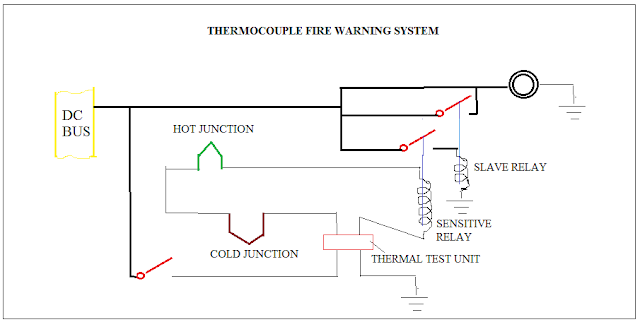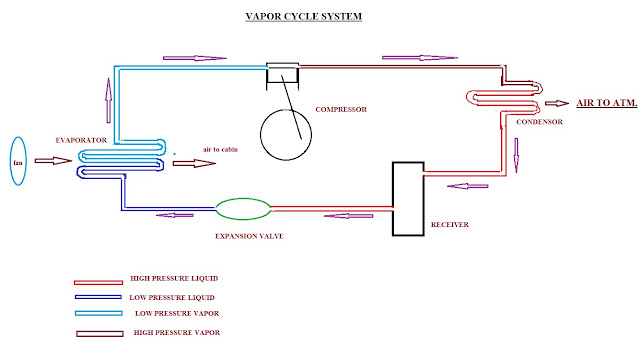Cantilever and Simply supported truss
What are conditions of equilibrium used in the method of joints? Why?
The conditions
of equilibrium used in the method of joints are, ∑Fx = 0, ∑Fy = 0 .One of the assumption
is all the joints are pin jointed, there is no moment. The equilibrium condition
∑Mp = 0 is not used.
What is cantilever truss? What is simply supported truss?
If anyone
of the member of the truss is fixed and the other end is free, it is called a cantilever
truss. There is no reaction force at the fixed end.
If the members
of the truss are supported by simple supports, then it is called simply supported
truss. Reaction forces are at the simply supported ends.
What are the hints to be followed while analyzing a cantilever truss
using method of joints?
- There is no need to find the support reactions.
- The analysis is to be started from the free end where there is a maximum of two unknown forces, using the condition of equilibrium ∑Fx = 0 and ∑Fy = 0.
- All the members are assumed to be tensile.
- Consider tensile forces as positive and compressive as negative.
- The force convention is, upward force assigns positive sign and downward force assigns negative sign.
What are the hints to be followed while analyzing a simply supported
truss using method of joints?
- The support reactions are determined first.
- The analysis is to be started from the free end where there is a maximum of two unknown forces, using the condition of equilibrium ∑Fx = 0 and ∑Fy = 0.
- All the members are assumed to be tensile.
- Consider tensile forces as positive and compressive as negative.
- The force convention is, upward force assigns positive sign and downward force assigns negative sign.
What are the primary and secondary stresses in the analysis of a truss?
If the stresses
are produced due to direct loads like tension, compression and torsion then the
stresses are called primary stress. If the
stresses are produced due to expansion, compression and temperature variation
then the stresses are called secondary stress.




Comments
Post a Comment